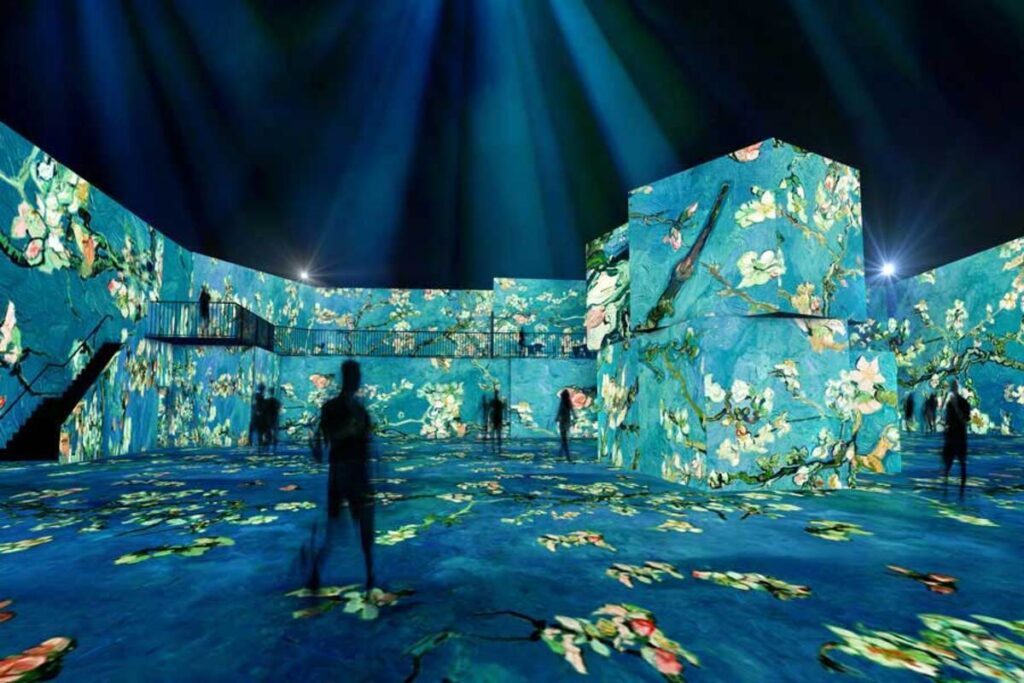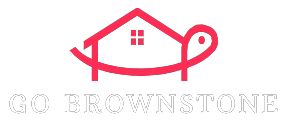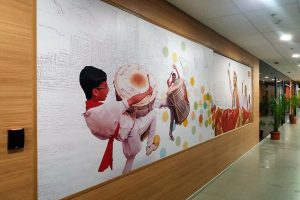Detailed Look On Multi Sensory Exhibition

There’s no denying that “digital art” is flourishing. Digital Art can include original art that is produced completely digitally. Computers can be used to create digital art without the use of paints, canvas, or other traditional mediums. A manually painted canvas can also be scanned and enhanced using a range of software programs (e.g. Painter, Photoshop). Even photographs digitally enhanced with artistic effects fall under this broad term, as does fractal art, which is automatically generated with very little human input. Digital art tools have existed for years, but they’ve undergone a major revolution over the last decade. They are now packed with features that let digital artists create works previously unimaginable. These tools keep improving. Even though it’s ironic that packages are measured by their ability to produce results as lifelike as possible. How similar the digital effects are to those created using a real paintbrush. Digital art tools are marketed as having unique effects, but they do not. If you’re searching for more information on illusionary, check out the previously mentioned site.
But digital artworks have a creative edge, they are original, beautiful, fascinating, and often evocative. It is still a matter of debate whether “digital arts” are “real” artworks. Is the skill and talent required to manipulate a piece of computer software comparable to true artistic talent? Art should not communicate to the viewer. Digital art, such as fractals, is a random generated image. In this case, if nothing is being communicated then how can the work be classified as art? Of course, it could be argued there is no difference between two equally stunning images – one that was created traditionally and another one that was created digitally. But art has always been about more than a casual glance – it is about getting to the soul of the artist and understanding the message behind the painting. Even the most simple of traditional abstract artworks has feelings and messages the artist wants to convey to the viewer. It is important to also consider the perfection of digitally-produced work.
It has been shown, for example, that even the most beautiful human faces contain slight imperfections. Perhaps, then, slight human errors in a painting create an unconsciously appealing appeal to viewers that is absent from digital works. Il is also crucial to distinguish “real” from “good” art. Digital Art can be “bad” or “good” just because it is made with traditional media. Digital Art could become mainstream in the early part of the 21st century. Digitally creating art is a contemporary and legitimate form of artistic creation. To manipulate digital tools and software effectively, you need a high degree of technical expertise. The medium offers a unique range of options that traditional media cannot achieve. The finished product, whether it is a video art, installation, or digital image, can provoke emotions in the viewer, making it just as real as traditional art. It is the artist’s talent and imagination that creates the essence of any artwork, regardless of whether it uses technology. The power and versatility of digital art tools allows artists to create effects, and combine techniques which were previously impossible with traditional media. Digital art is an innovative process that takes talent, imagination and skill.






